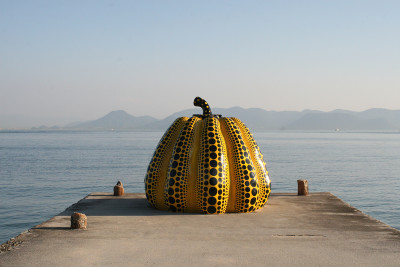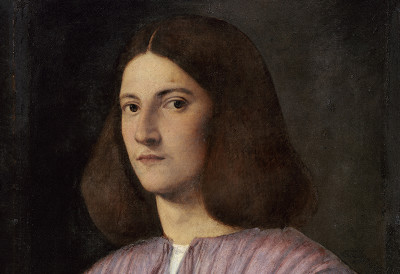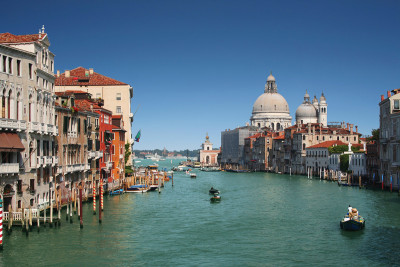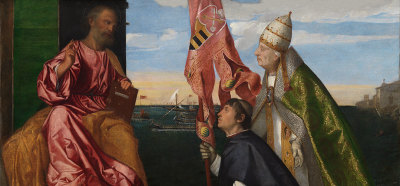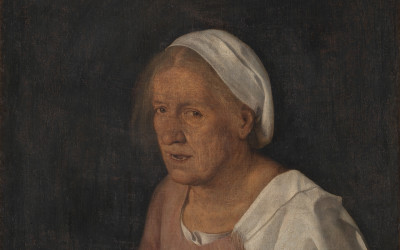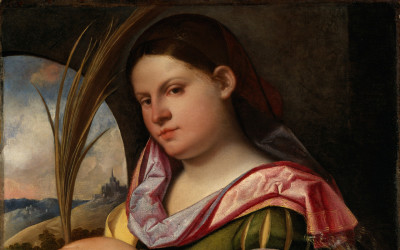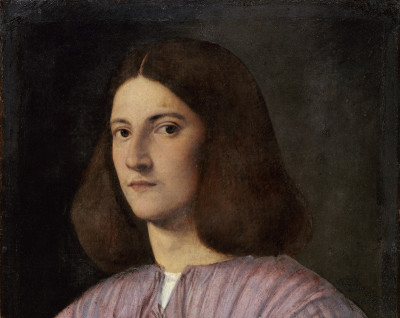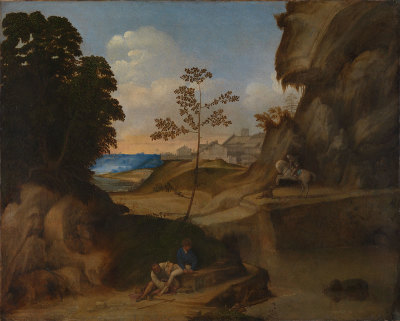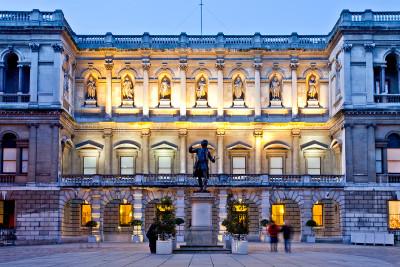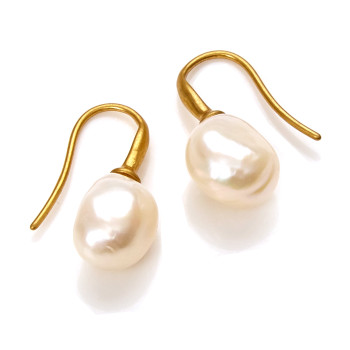Video
Inside the show
Art historians have jostled for centuries over the issue of attributing works to Giorgione. In fact, there are only two paintings with contemporary inscriptions identifying Giorgione as the artist. In this video, curator Per Rumberg takes us inside the exhibition and discusses Portrait of a Man (‘Terris Portrait’) and Portrait of a Young Man (‘Giustiniani Portrait’), the keystones in Giorgione’s oeuvre.
















